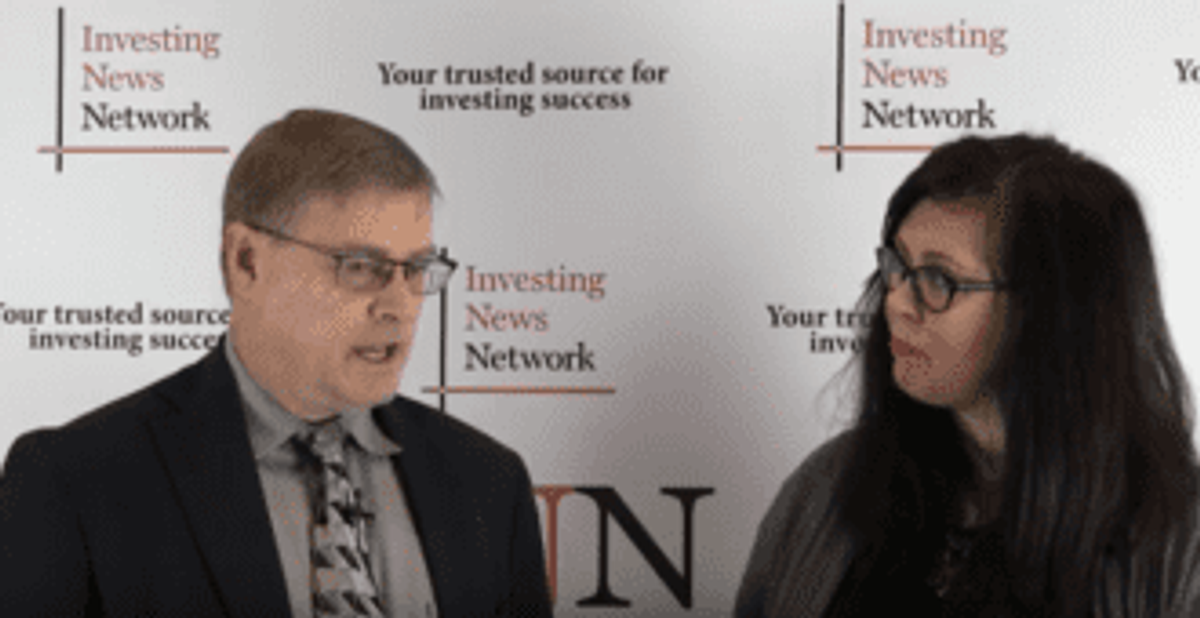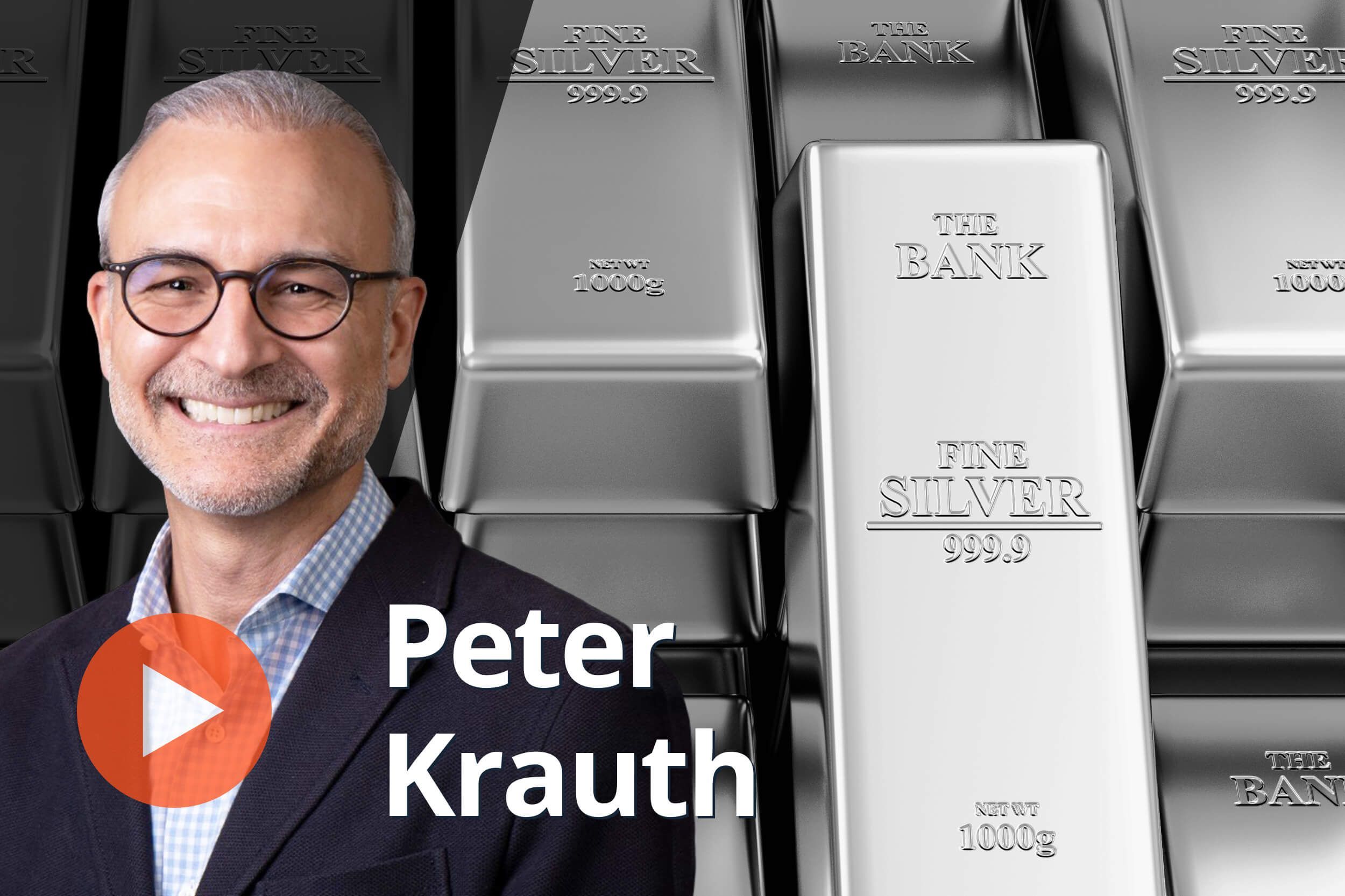John Kaiser: "We're Just at the Cusp of a Scandium Boom"
Jocelyn obtained her diploma in journalism from Langara College in April 2016, just prior to joining INN as a staff writer for the resource sector. Since then, Jocelyn has shifted to covering the life science space and has become managing editor for INN's technology, cannabis and life science divisions. Jocelyn is passionate about niche topics within the life science sector and enjoys shedding light on companies focused on unmet clinical needs.
Prior to joining INN, Jocelyn interned at the Georgia Straight and blogged about the Vancouver Canucks. Before following her career in journalism, Jocelyn spent several years working in law firms. She thrives off the knowledge her background brings to her reporting.
John Kaiser of Kaiser Research shares his thoughts on the junior resource market and what to watch for in the scandium sector.
Speaking with the Investing News Network (INN) at this year’s Vancouver Resource Investment Conference (VRIC), John Kaiser of Kaiser Research shared his thoughts on the junior resource sector under a Trump presidency, while making a strong case for scandium and explaining what investors should know about the metal.
In terms of the junior resource sector, Kaiser said there’s a lot of uncertainty about what may happen over the next four years under Trump. He said that if Trump can persuade the Republican Party that the US should go on a “fiscal spending boom,” it will benefit not just the junior resource sector, but metals overall.
He added, “it will give a macroeconomic push for demand for all the different raw materials, but also help accomplish what the Republicans have always done: which is to increase the total American debt by a greater amount than any other predecessor administration.”
Other highlights of the interview include:
- Kaiser’s thoughts on the scandium market moving forward
- what investors should know about scandium
- other scandium companies to watch for in the coming years
Below is a transcript of the interview. It has been edited for clarity and brevity. To watch the video, please scroll to the top of the article. You can view the rest of INN’s VRIC videos by clicking here.
INN: Now that Donald Trump is officially president of the US, how do you think this will affect the junior resource sector?
JK: Well, there’s a lot of uncertainty associated with what is going to happen over the next four years. If Trump is able to persuade the Republican Party, which will control the House and the Senate, that we should go on a fiscal spending boom, renew America’s infrastructure, that will be very good for the juniors, for the metals in general. It will give a macroeconomic push for demand for all the different raw materials, but will also help accomplish what the Republicans have always done: which is to increase the total American debt by a greater amount than any other predecessor administration.
In the 2000s, they did it by starting an unnecessary war. If this time they do it by going on an infrastructure building boom, that will be a much better “feel good” phenomenon.
And, of course, because after eight years of digging ourselves out of a hole, the economy is back on an uptrend. Unemployment’s down at 4.5 percent. If we have a fiscal stimulus boost of this scale now, it will create inflationary pressures, it will enable the gold narrative about hyperinflation to become operational again. It has been dead wrong in the last eight years and that’s kind of harmed the junior space. When you get the idea of maybe $2,000 gold just in anticipation of inflation coming back, that would be very stimulating for the juniors.
Also, geopolitically, there’s a risk that Trump does not really understand what globalized trade is all about. After all, he’s just a real estate developer of hotels, casinos and golf courses. He could create extraordinary instability in the world where Putin annexes the Baltic states, China annexes Taiwan and says, “America, what are you going to do?” Well, there’s not much that he can do short of starting wars, which totally collapse supply chains. This would cause many metals that have concentrated supply from places like China to go up in price, and that would be very stimulating for the juniors, too.
INN: In the past, you’ve said that scandium is going to become a hot topic. Now that the first scandium mine in Australia has been given approval, what are your thoughts on the market?
JK: The company I have been following, Scandium International (TSX:SCY), got a development consent in November and is now awaiting a mining lease in New South Wales, where these game-changing deposits have been found. The development consent is the primary obstacle you need to overcome. The mining lease usually does not take a lot of time. It’s a different department of the government. Once they have this, they will have to go out and raise $100 million in construction capital. It’ll take a year or so to build. So, within two years, we should start seeing the world’s first primary scaleable scandium supply. This will be a very big deal because scandium is the ideal marriage partner for aluminum and what all the end users have been waiting for for a very long time.
INN: Not many people seem to know a lot about scandium. What, in particular, should investors know about this critical metal?
JK: One of the things is it’s abundant in the sense that it’s got 22 ppm crystal background abundance. Lead is only 14. Yet lead concentrates you get 20 to 30 percent lead deposits. You never get high-grade scandium deposits. It’s a dispersoid, it hates itself. It tends to go away from it. This is why these deposits in Australia are such game changers. They are 300 ppm. As we start getting a scandium boom going, there’s going to be lots of juniors coming up with a scandium play, and the magic number you look for is 300 ppm elemental scandium. If it’s a large deposit such as those laterites in Australia, that’s what you want.
But you also start seeing pegmatites, which can be much higher grade — 1,000 ppm. A lot of juniors are going to find these deposits, get them into their companies. As we see Scandium International’s Nyngan come on stream and Clean TeQ Holdings’ (ASX:CLQ) Syerston project come on stream, those two companies will probably supply ultimately 200 to 300 tons of scandium oxide per year in a market that will grow to 1,000 tons per year. So there’s room for many other players to come in. That’s why I’m excited. We’re just at the cusp of a scandium boom opening up for us.
INN: Are there any other scandium companies we should be watching for in the coming years?
JK: The one that was neck-in-neck with Scandium International is the Syerston deposit of Clean TeQ, which is Robert Friedland’s company, and it trades on the Australian Stock Exchange. They have a larger, slightly richer deposit. They’ve got a flowsheet with a separation component that’s untested ion exchange — never been done on a commercial scale. Recently, they’ve shifted their story to the adjacent nickel–cobalt deposit, which is much larger. It has a decent scandium by-product credit. They are hoping to develop this as a $1-billion large-scale nickel-cobalt operation.
The primary one that they’re working on — for them to get into the game — they need to get a modification of a development consent received in 2006 for the much bigger operation. That itself was a modification of a development consent obtained in 2001. So if they can get this, then they’ll sort of be in the same race as Scandium International, hoping to get a mining lease. They hoped to have it by the end of December, they haven’t yet. I think they’re going to shift the focus back to the nickel-cobalt optionality play, which could turn out 100 tons of scandium oxide as a byproduct, but it will take five to six years to bring on stream.
Then there’s Platina (ASX:PGM) next door with the Owendale deposit. They haven’t done nearly as much work as Scandium International and Clean TeQ. That’s also a similar deposit. Their only problem is that their neighbor, Robert Friedland’s Clean TeQ, has all the water rights tied up in that area.
INN: Great, those are all my questions today. Thanks so much for joining me, John.
Don’t forget to follow us @INN_Resource for real-time news updates!
Securities Disclosure: I, Jocelyn Aspa, hold no direct investment interest in any company mentioned in this article.
Editorial Disclosure: The Investing News Network does not guarantee the accuracy or thoroughness of the information reported in contributed article. The opinions expressed in these interviews do not reflect the opinions of the Investing News Network and do not constitute investment advice. All readers are encouraged to perform their own due diligence.












